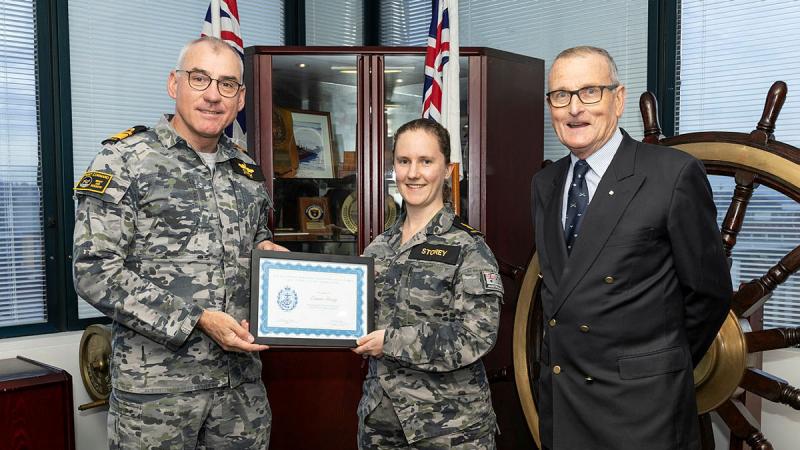The Heart Research Institute (HRI) Centre for Peripheral Artery Disease (PAD) has held its inaugural consumer group meeting, bringing together patients, researchers, clinicians and surgeons at HRI’s facilities in Newtown.
The Centre for PAD is the first of its kind in NSW, paving the way for world-leading research that enhances diagnosis, transforms treatment and patient care and raises awareness about the debilitating condition.
Currently more than 230 million people around the world suffer from PAD, a type of cardiovascular disease where the narrowing of arteries results in reduced blood flow to a body part outside the heart or brain – usually the legs and feet.
Alarmingly, every two to three hours in Australia, one person has a limb amputated due to PAD.
The Centre was established by a team of experts including HRI’s Assoc Prof Mary Kavurma, vascular surgeons Assoc Prof Sarah Aitken and Dr David Robinson, alongside HRI’s Prof Andrew Coats and Prof Mathew Vadas.
“Our goal is to provide global leadership in PAD discovery, clinical and implementation research, leading to transformational discoveries that will impact health and reduce disease,” said Assoc Prof Kavurma.
“Ultimately, we want to improve the lives of people living with PAD.”


Patients, carers, researchers and clinicians attended the inaugral event at the Heart Research Institute (HRI)
Almost 20 patients living with PAD and carers attended the event, which included presentations and morning tea, to become part of the Centre for PAD community and get involved in seminars, advocacy and clinical trials.
Patients were also offered the chance to tour the labs and chat to researchers, surgeons, medical students and HRI staff.
“The meeting was a fantastic opportunity for us to understand patient challenges and lived experience of PAD, and it was wonderful to see so many people in attendance,” said Assoc Prof Aitken.
“We look forward to the next meeting and hope more people would like to become part of the Centre for PAD community and get involved.”
For Sydney man, Joseph Gambino, the meeting was a welcome opportunity to learn more about PAD, treatment options and HRI’s research program.
Seven years ago, Mr Gambino was diagnosed with PAD out of the blue after he experienced sudden and excruciating pain in his right leg.
“I took myself to the Emergency Department of Concord Repatriation General Hospital where they discovered a complete blockage in my right leg behind the knee,” he explained. “I was rushed straight into surgery that next morning where Sarah and her team performed bypass surgery”.
“Recovery has been tough, but I am fortunate my leg was able to be saved. I would encourage people to be aware of the signs of PAD.”

Assoc Prof Mary Kavurma
The Centre acts as a hub for PAD experts spanning Sydney Local Health District’s Royal Prince Alfred and Concord Hospitals, The University of Sydney, and several research institutes. It will help identify gaps in PAD pathophysiology, treatment, and patient care.
“Unfortunately, PAD is the poor cousin of heart health and cardiovascular disease, and many people are unaware of the condition,” said Prof Andrew Coats in his opening address.
“And with the number of Australians living with the condition predicted to grow, due to an ageing population and the diabetes epidemic, the establishment of the Centre for PAD is absolutely critical.
“We will do all we can to help raise awareness, transform treatment and improve the lives of patients.”
The Centre for PAD Consumer Group will aim to meet regularly, either in person or online, throughout the year.
PAD affects almost one in every five Australians, with about 50 per cent of people with PAD showing no symptoms, leading to under-diagnosis.
The symptoms of PAD will depend on which body part is affected, and in some cases, there are only mild or no symptoms until the disease is advanced. Symptoms may include:
- intermittent or irregular pain during activity and rest
- numbness, coldness or pins and needles in the affected body part
- blue- or purple-tinged skin
- sores or ulcers in the affected body part that do not heal
- blackened areas of skin or loss of skin (gangrene).
If you have symptoms of PAD, it is important to see your doctor.








